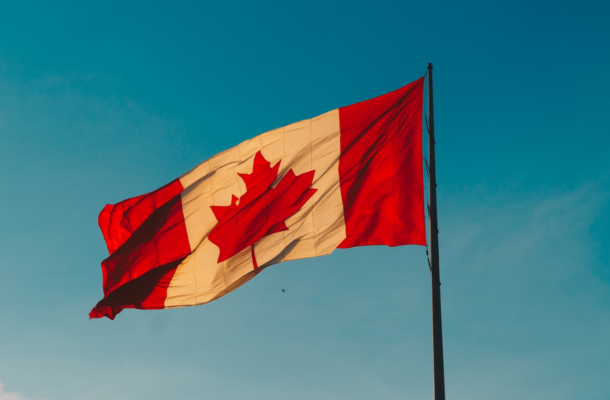
In August, Canada experienced a 4.0% inflation rate spurred by a 0.8% increase in gasoline prices, surpassing expectations, as the Bank of Canada anticipated temporary upswings.
In August, Canada's annual inflation rate surged to 4.0%, up from the 3.3% recorded in July. This unexpected increase, mainly attributed to a hike in gasoline prices, exceeded analysts’ forecast of 3.8%. On a monthly basis, the consumer price index saw a 0.4% increase, slightly higher than the expected 0.3%.
After experiencing a 12.9% decline in the 12-month period leading up to July, gasoline prices saw a year-on-year rise of 0.8% in August. This significant change became the primary cause of the increased inflation rate, the highest since the 4.4% observed in April.
Two of the Bank of Canada’s three core measures for underlying inflation reported increases. The CPI-median increased from 3.9% in July to 4.1% in August, while CPI-trim rose from 3.6% to 3.9%. Additionally, shelter prices grew by 6.0% in August, up from 5.1% in July, driven by rising rents and an increase in interest rates.
Bank of Canada Governor Tiff Macklem mentioned the influence of rising oil prices and anticipated a short-term rise in headline inflation. Although the central bank kept its key overnight interest rate at 5% on September 6th, it acknowledged the economy’s phase of reduced growth. However, the bank also suggested the potential for increasing borrowing costs if inflationary pressures persist.
Considering the current factors and the central bank’s position, the immediate outlook tends to be cautious. While there is potential for inflation growth, the Bank of Canada’s readiness to adjust borrowing costs acts as a stabilizing factor.

Subscribe to our daily newsletter and get the best forex trading information and markets status updates
Trade within minutes!
Comment (0)